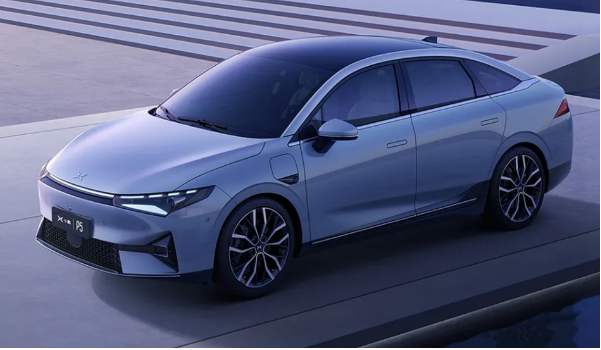Introduction
Recently, the launch of XPeng P5 has brought the driving assistance in the domestic automobile industry into a new era of fusion of visual and LiDAR, moving away from the pure visual era relied on cameras. Just as the confidence of people in automatic driving/driving assistance technology was greatly impacted due to numerous traffic accidents caused by the failure to identify static objects in front of driving assistance in the past, XPeng P5 equipped with two solid-state LiDARs and XPilot 3.5 system seems to have revived people’s faith in this forward-looking technology of automatic driving.
City NGP Appears Brilliantly
Besides the self-developed automatic driving software platform Xavier supercomputing platform in full stack by XPeng, the improvement in hardware is the key to this upgrade of XPilot 3.5. Overall, XPilot 3.5 has 32 sensors, including two LiDARs, 13 high-definition cameras, five millimeter-wave radars, and twelve ultrasonic radars. In addition, this system is equipped with a satellite navigation system GNSS + IMU fusion positioning solution. Compared with the XPilot 3.0 system before, two Livox HAP LiDARs are the biggest highlight.
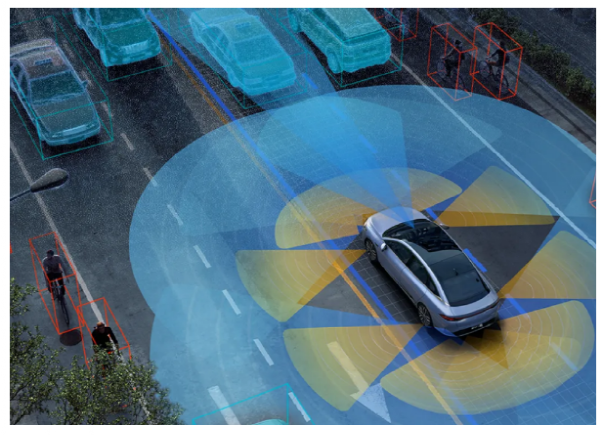
In addition to the NGP (Navigation Guided Pilot) function on highways, XPilot 3.5 has implemented city NGP. Compared with highways, urban road conditions are obviously much more complex: not only are there many times when the identification lines are not as simple as on highways, but also there are many sudden situations caused by pedestrians, electric bicycles, and other vehicles that do not obey traffic rules. The city NGP function of XPilot 3.5 can assist in driving according to the preset navigation route, realizing red light and green light intersections, following cars, overtaking, and entering roundabouts. On the basis of these functions, XPeng has also added functions such as cutting-in warning, rearward and lateral oncoming vehicle warning, and city development road slow car can switch lanes on its own to cope with more typical urban road conditions in China.
In addition, the functions of the original XPilot 3.0 have also been further improved in XPilot 3.5: The high-speed NGP-L can recognize cut-in vehicles earlier and improve the following car capability in congested road conditions to the maximum extent, which can maximize the driving safety on highways; and the VPA-L cross-floor parking garage memory parking function can also automatically drive across floors to the parking space and complete parking according to the pre-stored route. Meanwhile, it can cope with complex scenarios such as inbound and outbound vehicles, oncoming vehicles, and pedestrians, bringing ultimate convenience to people’s parking.## Introduction to Livox HAP LiDAR
The Livox HAP LiDAR used in the XPeng P5 is developed by Livox Technology, a subsidiary of Dajiang Innovation (DJI). The most prominent feature of this LiDAR is that its price is controlled at ¥1000 or less, making it possible for mass-produced vehicles to be equipped with LiDAR. Especially for XPeng’s entry-level electric vehicles, the use of LiDAR has become a possibility.
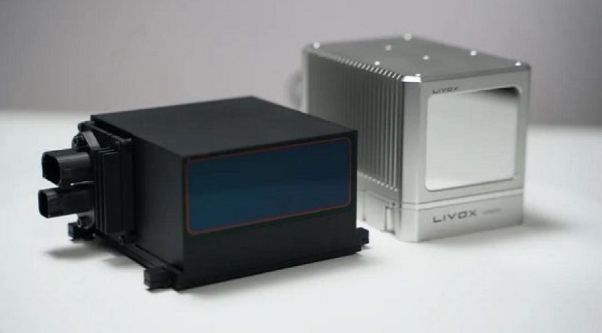
Compared with cameras, the biggest advantage of LiDAR is the ability to achieve 3D detection within a larger measurement range. Through LiDAR modeling, recognition of static objects in front can be achieved, which is one of the most important challenges of automated driving assistance systems in complex urban environments. The detection distance of Livox’s HAP LiDAR for low-reflectivity objects can reach 150 meters, with a lateral field of view of 120°, an angular resolution of 0.16°×0.2°, and a point cloud density equivalent to 144 lines, with high spatial resolution. On the P5, XPeng uses two LiDARs placed in the traditional fog light position on the front bumper, resulting in strong perception capability for front objects.
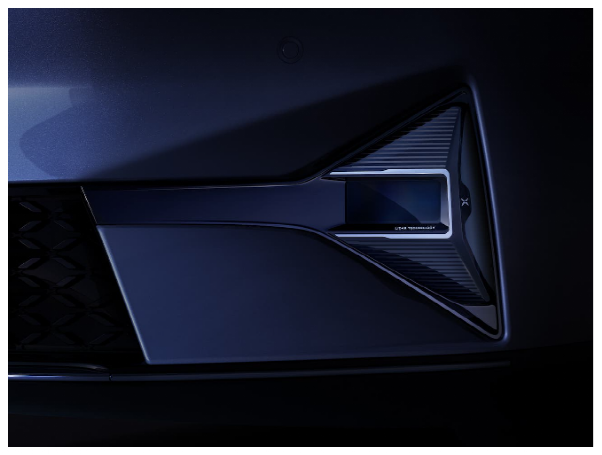
How to develop a low-cost LiDAR – algorithm adaptation is the key
Low cost is one of the key factors that enabled HAP to become the first mass-produced vehicle-level LiDAR. The main method of achieving low cost is the use of a non-repetitive scanning method for the HAP LiDAR.
In traditional mechanical rotating LiDARs, the laser head is driven by a motor to perform circular motion, and the distributed laser surrounds the 360° rotation scan. Based on this working principle, the traditional mechanical rotating LiDAR requires increasing the transmitter and receiver modules to achieve high tessellation, resulting in high-cost system components. In addition, the traditional mechanical rotating LiDAR is involved in complex optical path debugging and assembly processes. These factors make traditional mechanical rotating LiDAR more expensive and less reliable, making it difficult to achieve vehicle-level applications.The HAP LiDAR refracts laser through rotating prism to model and scan a larger area by changing the light path. In this mode, the HAP LiDAR greatly reduces the number of laser emissions and receptions, significantly reducing the material cost of components, while also greatly reducing the complexity of manufacturing process and improving the reliability of the LiDAR. However, there are always two sides to everything. The biggest drawback of the HAP LiDAR is the lack of real-time performance, and the point cloud density may be affected by the scanning time, often showing a feature of higher density in the middle and gradually lower density around. To solve this problem, RoboSense adapted algorithms to enable this LiDAR to achieve an effective 144-line level within 0.1 second integration time, which is no different from the mechanical LiDAR.
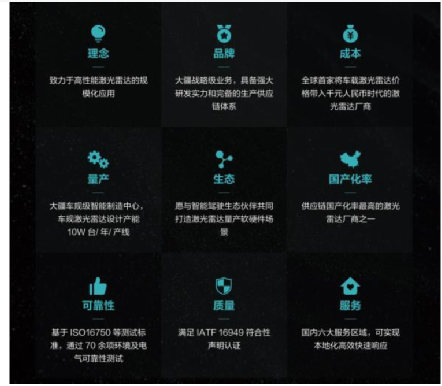
#
Anyway, even though the XPeng P5 still claims to have an L2+ driving assistance system, its experience delivered to consumers will still have a significant improvement compared with other systems. However, the biggest problem for XPilot 3.5 and other driving assistance systems is still that drivers need to keep their hands on the steering wheel and maintain a relatively high level of mental concentration. After several accidents involving NIO and Tesla, it remains to be seen whether domestic consumers are still willing to try such a system. However, one thing is certain, if the market feedback is positive, low-cost LiDAR will become a standard configuration for other intelligent vehicles in China. A new era of driving assistance may be started by the XPeng P5.
This article is a translation by ChatGPT of a Chinese report from 42HOW. If you have any questions about it, please email bd@42how.com.
